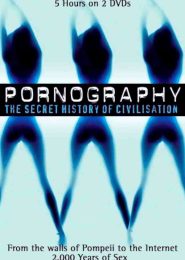The Day My God Died (2003)
In the documentary film The Day My God Died (2003), the veil of secrecy surrounding the horrific child sex slave trade is lifted, exposing the harrowing reality faced by young girls in Nepal and India.
These innocent lives are shattered, their futures stolen, as they become victims of a ruthless industry that commodifies their bodies.
Actual footage from the infamous brothels of Bombay, known ominously as The Cages, is captured using spy camera technology. Within these dark and hidden corners, the unimaginable unfolds. Let us delve into the heart-wrenching details:
These brothels, concealed from the world, are the stark realm where young girls are trapped. Spy cameras reveal the squalor, the desperation, and the exploitation. The girls endure unspeakable horrors, their lives reduced to mere commodities.
Amidst this tumultuous underworld, there are heroes—those who fight to abolish child sex slavery. Anuradha Koirala, a CNN Hero, leads the charge through her organization, Maiti Nepal.
These brave souls remind us that these exploited children are not faceless—they are our daughters.
Children as young as 6 or 7 years old are sold into prostitution. Their bodies are violated, their innocence stolen, as they are constantly raped and tortured.
The buyers perpetuate this perilous cycle, often leading to the girls’ deaths through HIV/AIDS.
Even in death, these girls are denied basic human rights. Their cremation costs soar, a stark reminder of their worthlessness in the eyes of society. Ten times more than the cost of a normal death—a cruel irony.
Rescued girls find strength in unity. They advocate for change, determined to banish sex slavery and trafficking.
Some find solace in marriage, rebuilding their lives with the help of compassionate men.
The Day My God Died unfolds the secrets hidden in the shadows. The documentary’s eloquence lies in its simplicity, starkly tailored to pierce our hearts and ignite our resolve.
As we navigate this world, let us seek more than just awareness—let us be catalysts for change. For these girls, it is not just a story, it is their reality and it is robust in its call for compassion and action.




